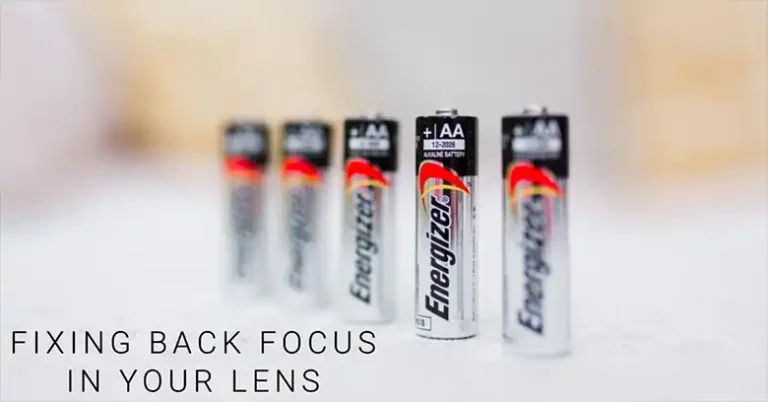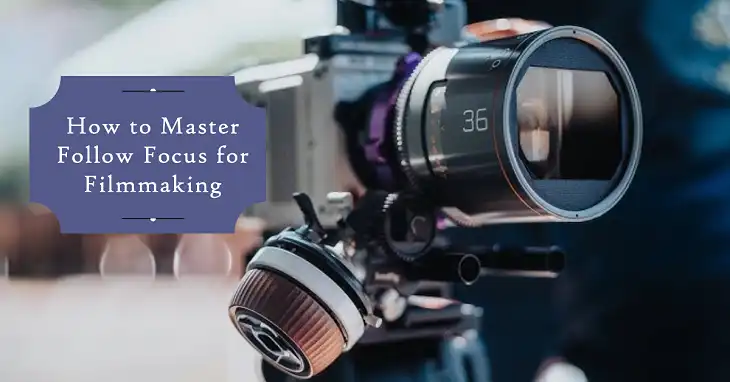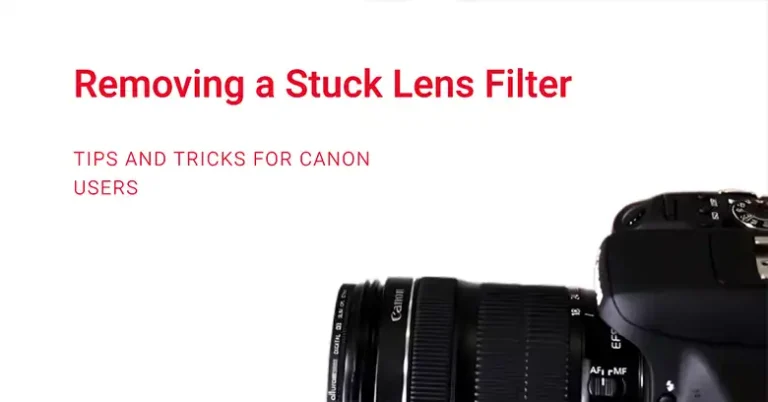How to Fix Vignetting Caused by Stacking Filters
Vignetting is a photography term that refers to the gradual darkening or fading of an image’s corners or edges. This effect can be caused by various factors, including the lens design, sensor size, and the use of filters or accessories on the lens. When it comes to stacking filters, vignetting can become a significant issue, especially when using wide-angle lenses.
Stacking filters involves attaching multiple filters, such as neutral density (ND) filters, polarizers, or color filters, to your camera lens. While these filters can help you achieve desired effects like reducing light exposure or enhancing colors, they can also contribute to vignetting. This happens because the filters, especially thicker ones, can obstruct or block light from reaching the outer edges of the lens, resulting in the darkened corners or edges.
Addressing vignetting is crucial for maintaining consistent image quality and avoiding distracting effects in your photographs. In this article, we’ll talk about various techniques to prevent and fix vignetting caused by stacking filters.
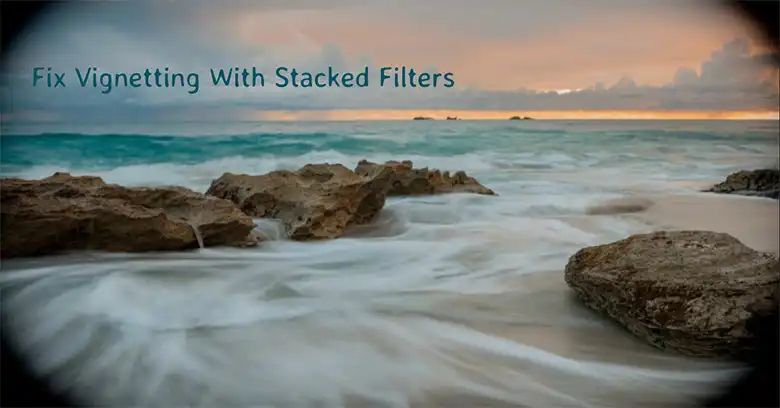
Understanding Vignetting
Vignetting can be classified into three main types:
- Optical vignetting: Caused by the physical limitations of the lens design, where light is blocked or obstructed from reaching the outer edges of the sensor or film plane.
- Natural vignetting: A natural optical effect that occurs when using wide apertures, resulting in a gradual darkening towards the corners due to the angle of incidence of light.
- Mechanical vignetting: Caused by physical obstructions like filters, lens hoods, or other accessories mounted on the lens, blocking light from reaching the sensor or film plane.
Common causes of vignetting in photography include using wide-angle lenses, shooting at large apertures, stacking filters, and using lens accessories like lens hoods or teleconverters.
Vignetting can affect image quality by creating an uneven exposure across the frame, potential loss of detail in the corners or edges, and an overall imbalanced look that can distract from the intended subject or composition.
Preventing Vignetting While Stacking Filters
Preventing vignetting is often the preferred approach, as it eliminates the need for corrective measures in post-processing and ensures consistent image quality from the start. Here are some techniques to help prevent vignetting when stacking filters:
Use the right filters
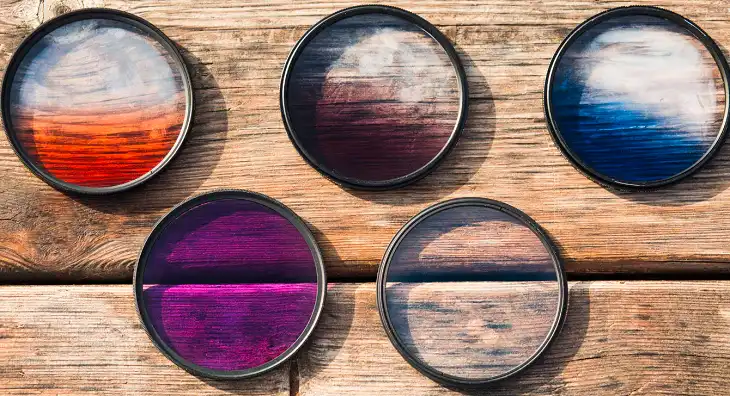
Opt for slim or low-profile filters designed to minimize vignetting. Thinner filters are less likely to obstruct light from reaching the sensor or film plane.
Consider filter size and compatibility with your lens. Using filters that are too small for your lens can contribute to vignetting.
For professional setups, invest in filter systems with integrated holders and trays that help align the filters correctly and minimize vignetting.
Minimize the number of filters
Stacking too many filters can compound the vignetting effect. Try to achieve your desired results with as few filters as possible.
Consider alternative techniques that might achieve a similar effect without stacking multiple filters, such as using neutral density graduated filters or adjusting exposure settings in-camera.
Adjust your shooting technique
Use a narrower aperture (higher f-stop number) when stacking filters, as this can help reduce vignetting caused by the filters.
Keep in mind that narrower apertures may require slower shutter speeds or higher ISO settings to maintain proper exposure.
If composition allows, try zooming in slightly during capture and crop out the vignetting later in post-processing.
In-Camera Solutions ton Fix Vignetting
Some camera models offer built-in vignetting correction features that can help mitigate the effects of stacked filters. These solutions can be applied during image capture or through in-camera processing:
Enabling in-camera vignetting correction

Check your camera’s menu settings for options to enable vignetting correction. This feature can help compensate for vignetting caused by the lens and filter combination.
Using lens profiles for specific lens/filter combinations:
Some cameras allow you to load lens profiles that account for specific lens and filter combinations, which can help minimize vignetting.
Adjusting exposure settings to compensate for vignetting:
Increasing exposure compensation or using a higher ISO setting can help brighten the darkened corners or edges caused by vignetting.
Fixing Vignetting in Post-Processing
If vignetting is still present in your images after applying preventive measures, post-processing software can be a powerful tool for correcting the issue. Popular editing software like Adobe Lightroom, Photoshop, and many others offer vignetting correction tools to help fix this issue.
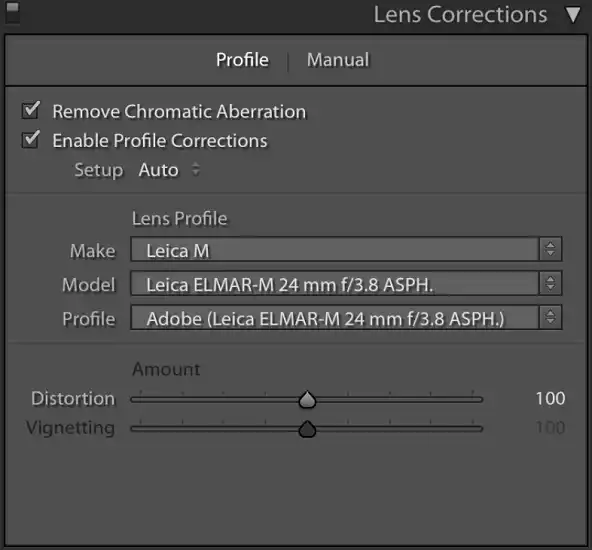
In your editing software, locate the vignetting correction tool or panel. Use the tool to select the affected area (usually the corners or edges) and adjust the brightness, exposure, or other settings to compensate for the darkening.
When correcting vignetting, aim for subtle adjustments to maintain a natural and realistic look. Use reference photos or sample images to gauge appropriate correction levels and avoid over-correcting, which can create an unnatural or artificial appearance.
Advanced Techniques
In some cases, more advanced techniques may be required to address vignetting caused by stacking filters. Here are a few options:
Flat-field correction for precise vignetting removal
This technique involves capturing a reference image (often an evenly illuminated surface or scene) and using specialized software to create a correction map that can be applied to your images to remove vignetting and other optical aberrations precisely.
Stitching techniques for panoramas and ultra-wide shots
When shooting panoramas or ultra-wide images with stacked filters, vignetting can be particularly problematic. Stitching software can help blend the individual frames and compensate for vignetting during the stitching process.
Sum Up
Stacking filters is a common technique in photography, but it can often lead to unwanted vignetting, especially when using wide-angle lenses. By understanding the causes of vignetting and employing preventive measures, in-camera solutions, and post-processing techniques, you can effectively manage and minimize this issue.
Remember, vignetting can also be used as an artistic effect when applied intentionally and with moderation. However, it’s essential to strike a balance and use vignetting judiciously to complement your creative vision rather than detract from it.
Frequently Asked Questions (FAQ)
Can vignetting be completely eliminated when stacking filters?
While it’s possible to minimize vignetting significantly through various techniques, it may be challenging to eliminate it entirely, especially when using multiple thick filters or ultra-wide-angle lenses. However, by following the preventive measures and correction methods outlined in this article, you can reduce vignetting to acceptable levels for most situations.
Do all types of filters contribute to vignetting?
Not all filters contribute to vignetting equally. Thicker filters, such as solid neutral density (ND) filters or stacked polarizers, are more likely to cause vignetting than thinner filters like UV filters or graduated ND filters. Additionally, the filter size and compatibility with your lens can also impact the degree of vignetting.
Can lens hoods cause vignetting when stacking filters?
Yes, lens hoods can contribute to vignetting, especially when used in combination with stacked filters. The hood can obstruct or block light from reaching the outer edges of the lens, compounding the vignetting effect caused by the filters.
Is it better to correct vignetting in-camera or in post-processing?
Both in-camera and post-processing solutions have their advantages and limitations. In-camera correction can be more convenient and preserve image quality, but it may not always be available or effective for severe vignetting. Post-processing offers more control and flexibility but can be time-consuming and may introduce artifacts or quality degradation if not done carefully.
Can vignetting be an issue when shooting with a full-frame camera?
Yes, vignetting can still occur with full-frame cameras, particularly when using wide-angle lenses or stacking filters. While full-frame sensors may be less prone to vignetting compared to crop sensors, the issue can still arise, and preventive measures or correction techniques may be necessary.

